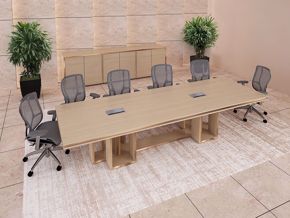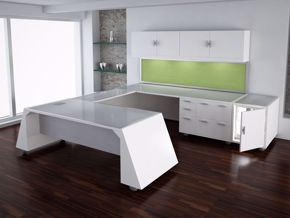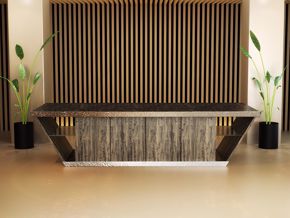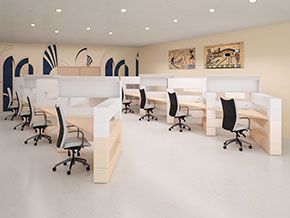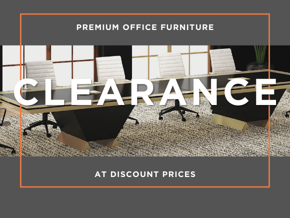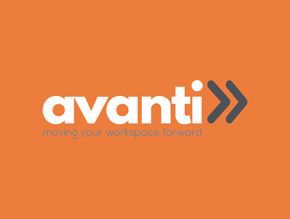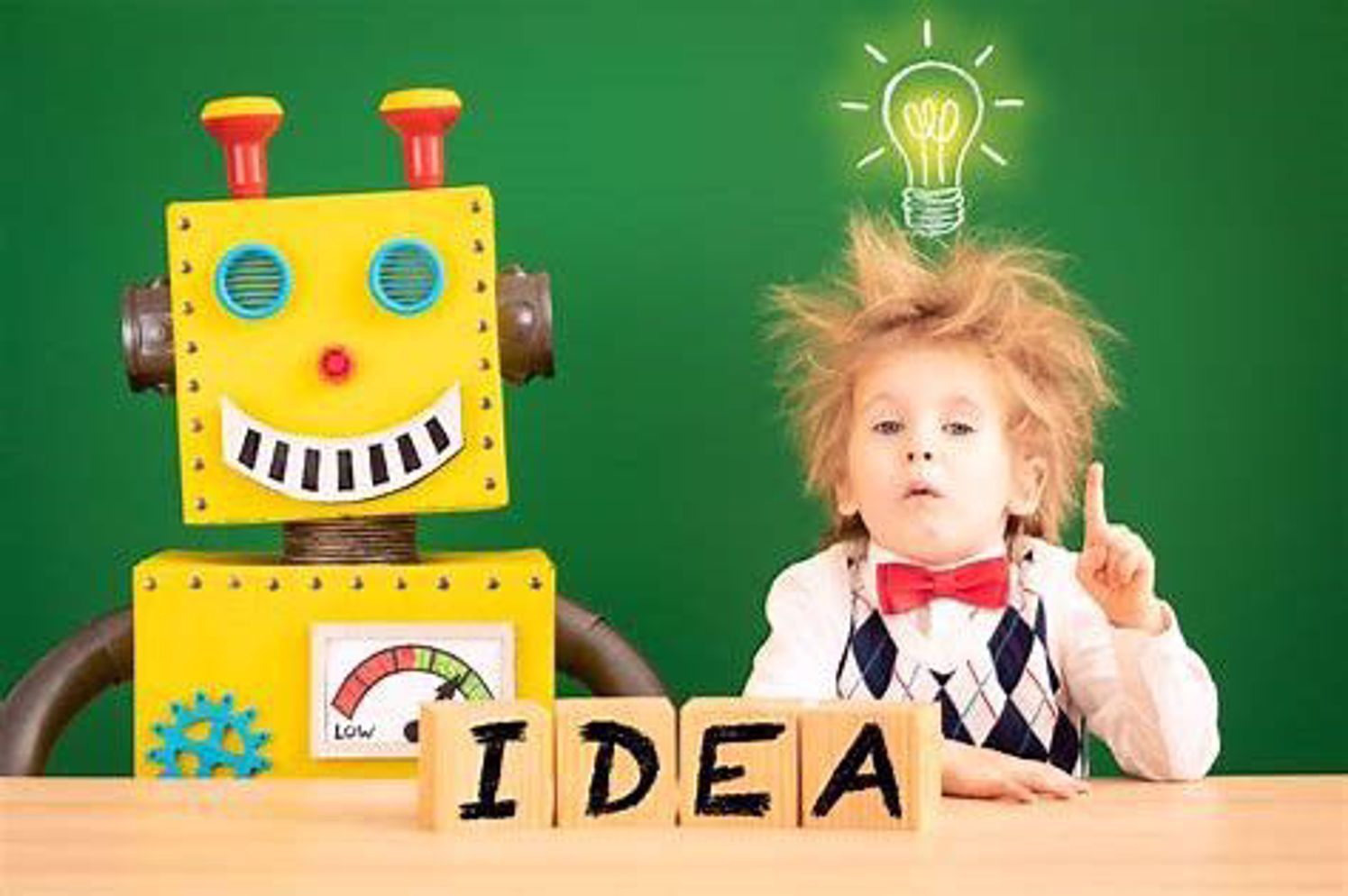The standard approach to office design is primarily based on what is familiar to the buyer. This is a straitjacket for creativity. It confines the user to only what is known. Many office furniture buyers follow this path, depending upon ready-made solutions to outfit their office spaces. They may imagine what was created in the space by pundits provides all the answers to the office to be designed. No wonder we see such a drag on the design element in the workplace. Fortunately, there is a paradigm shift away from office design standards. The fact that office design leaves more creativity to be discovered is getting recognition.
Creative designs in offices are much more than what it looks like on the surface. Creative office design is much more than how it functions in the workplace. Good, creative office designs bring together all the elements (known and unknown) that make the space perform to its maximum potential for the business and how it does what it does.
Office design creators often create from what is known and accepted. The selections come from a pool of resources known to the creator when making choices. True creativity comes from integrating what’s known and what’s unknown to the advantage of the user. Creative design is first understanding all the needs of the user.
Some needs are apparent, while other needs may be a bit obscure. Understanding space limitations, relative functional needs, and color schemes may be commonly recognized. In contrast, emotional needs and company personality traits may be less identifiable.
There is so much diversity from one company to another, from one user to another, from one image to another, and from one presentation to another. Standards often ignore creative possibilities to make buying and selling less labor-intensive. However, we pay for what we sidestep in labor with ambiguity and irrelevance.
No one here argues that getting a job done well is thoughtless. Design thinking is a non-linear process involving all relevant parties that put in the mental energy to ensure the office design fits the company, space, user, function, ideals, philosophy, and presentation of all concerned.
Design thinking brings together innovative solutions from all parties to form a result that looks, feels, and behaves cohesively. The problem begins with understanding all the user’s needs and ends with creating a design that answers all the needs.


